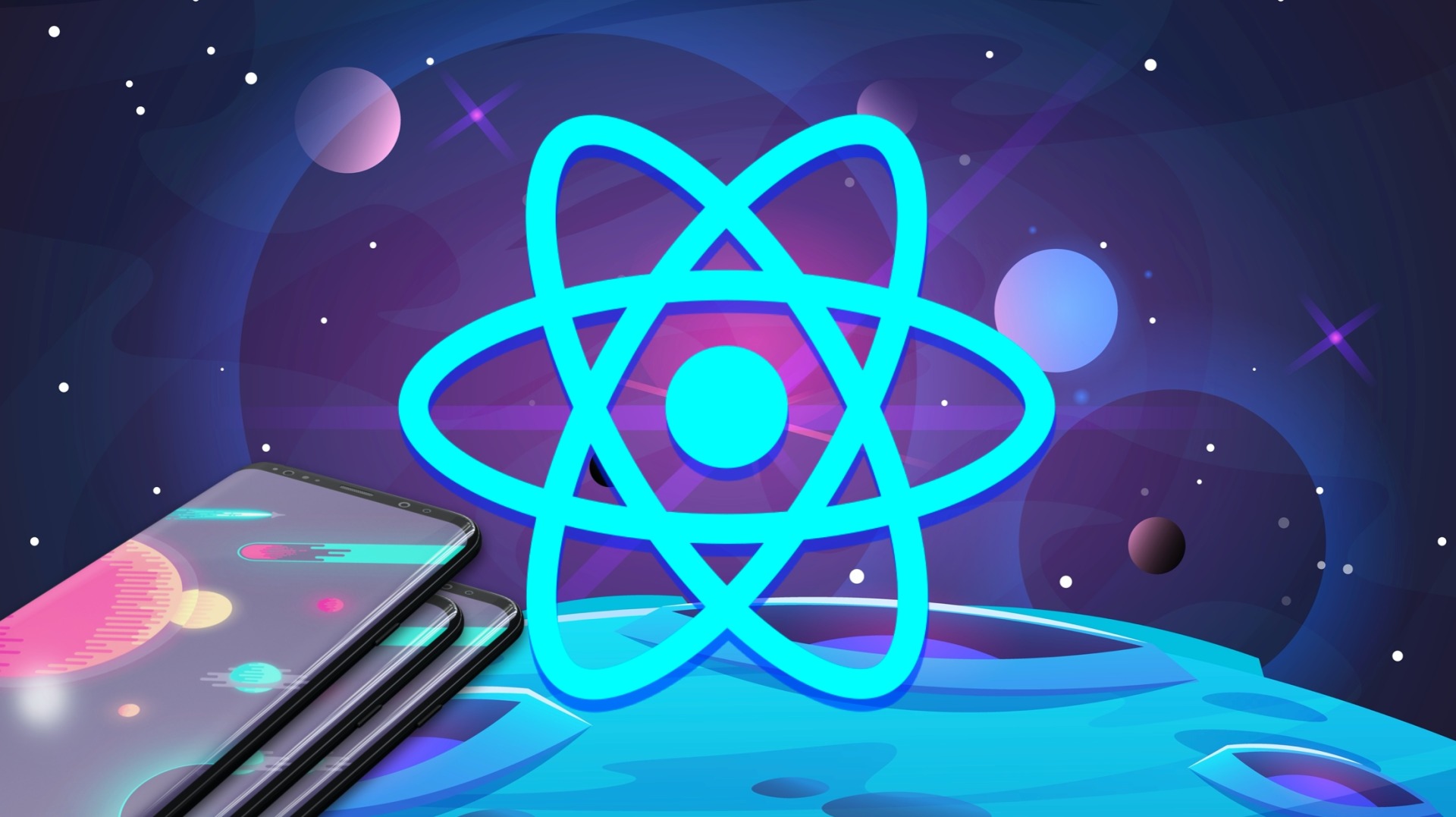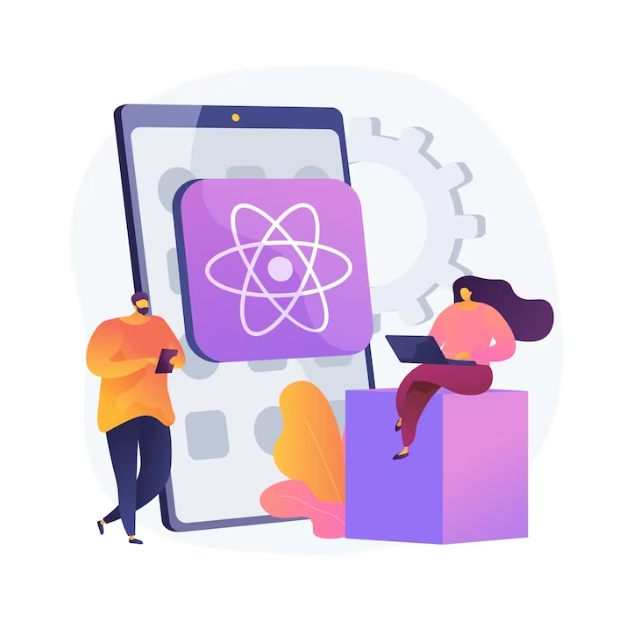Comments
- No comments found

Unleash the power of React Native and Marvel in your mobile app development journey!
Are you ready to embark on an adventure that will take your projects to new heights? Brace yourself, because we're about to dive into a world where cutting-edge technology meets unparalleled creativity. In this article, we'll explore how React Native and Marvel can be the dynamic duo that revolutionizes your app development process. Get ready to wield superpowers like never before as we uncover the advantages, step-by-step guide, and insider tips for unleashing the full potential of these incredible tools. So fasten your seatbelts and prepare for an exhilarating ride through the realm of React Native app development services and Marvel! Let's get started!

1. Cross-platform compatibility: One of the biggest advantages of using React Native for mobile app development is its ability to create apps that work seamlessly on both iOS and Android platforms. This eliminates the need to develop separate code bases for each platform, saving time and resources.
2. Faster development cycle: With React Native, developers can write code once and use it across different platforms. This accelerates the development process as changes or updates only need to be made in one place, rather than separately for iOS and Android.
3. Reusable components: React Native offers a wide range of pre-built UI components that can be easily reused in multiple projects. This not only speeds up development but also ensures consistency in design across different applications.
4. Improved performance: Unlike traditional hybrid frameworks, React Native uses native components which results in better performance and faster load times. This makes it ideal for developing high-performance mobile applications.
5. Hot reloading feature: The hot reloading feature in React Native allows developers to see real-time changes without having to restart the app completely. This significantly improves productivity during the testing phase.
6. Strong community support: React Native has a large and active community of developers who constantly contribute new libraries, tools, and solutions to common problems faced during app development.
Leveraging the power of React Native brings numerous advantages when developing mobile apps including cross-platform compatibility, faster development cycles with reusable components, improved performance through native component usage, hot reloading features for efficient testing, as well as access to a supportive community that continually enhances this powerful framework
Marvel is not just a beloved franchise of superheroes - it's also a powerful tool that can enhance the mobile app development process. With its intuitive interface and extensive features, Marvel allows developers to bring their app ideas to life with ease.
One of the key ways in which Marvel enhances the development process is through its prototyping capabilities. With this tool, developers can quickly create interactive prototypes that simulate how their app will function and look like on different devices. This allows for early feedback and iteration, saving time and effort in the long run.
In addition to prototyping, Marvel also offers collaboration features that make working with teams seamless. Multiple team members can contribute to a project simultaneously, making it easier than ever to collaborate and iterate on design ideas. This fosters better communication and ensures everyone is on the same page throughout the development process.
Another way in which Marvel enhances development is through its integration with other tools commonly used by developers. By integrating with popular design software such as Sketch or Adobe XD, designers can easily import their designs into Marvel without any hassle. This streamlines the workflow between designers and developers, resulting in more efficient development cycles.
Moreover, Marvel provides a user-friendly interface that makes it accessible even for those without extensive coding knowledge. Developers can easily drag-and-drop elements onto screens, set up interactions using simple gestures, and customize various aspects of their app's design without writing complex code.
Marvel empowers developers by providing them with an all-in-one solution for prototyping, collaboration, integration with other tools,and streamlined UI/UX design processes within mobile app development projects
Step 1: Install React Native on your machine. Start by installing Node.js, which will also install npm (Node Package Manager). Then use npm to install React Native CLI globally.
Step 2: Create a new React Native project. Open your terminal and navigate to the directory where you want to create your project. Use the command "npx react-native init YourProjectName" to initialize a new project.
Step 3: Connect Marvel to your project. Sign up for a Marvel account and obtain an API key. Install the Marvel package using npm and import it into your code.
Step 4: Set up authentication with Marvel's API. Use the provided API key in combination with other required parameters to authenticate requests made from your app.
Step 5: Explore the Marvel API documentation and start making requests for data such as comic characters, series, or events.
Step 6: Build user interfaces using components provided by React Native. Utilize features like JSX syntax and props passing to create dynamic UI elements that can display fetched data from the Marvel API.
Step 7: Test your app on simulators or physical devices using tools like Android Studio or Xcode for iOS development.
Remember, this is just a basic guide to get started with React Native and Marvel. As you progress, dive deeper into both frameworks' capabilities and explore more advanced concepts such as state management with Redux or navigation options with React Navigation library.
1. Stay Updated: React Native and Marvel are constantly evolving, so it's crucial to stay updated with the latest releases, updates, and best practices. Follow their official documentation, blogs, forums, and social media channels to ensure you're using the most efficient features.
2. Utilize Prebuilt Components: Both React Native and Marvel offer a wide range of prebuilt components that can save you time and effort in development. Take advantage of these ready-to-use UI elements such as buttons, sliders, navigation bars, etc., instead of reinventing the wheel.
3. Optimize Performance: As mobile app developers know too well, performance is key in delivering a seamless user experience. Use tools like React Native Performance Analyzer or Marvel's built-in analytics to identify any performance bottlenecks and optimize your code accordingly.
4. Embrace Code Reusability: One major advantage of using React Native is its ability to write once and deploy across multiple platforms seamlessly. Make sure to leverage this feature by designing reusable components that can be shared between different parts of your app or even across other projects.
5. Testing is Crucial: To ensure your app functions flawlessly on all devices and screen sizes, invest ample time in testing both functionality and UI/UX design aspects throughout the development cycle.
In this fast-paced world of mobile app development, React Native and Marvel have emerged as powerful tools that can truly unleash superpowers. By combining the flexibility and efficiency of React Native with the seamless prototyping capabilities of Marvel, developers can create stunning and user-friendly mobile applications.
The advantages of using React Native for mobile app development are numerous. From its ability to build apps for both iOS and Android platforms simultaneously to its performance optimizations, React Native streamlines the development process and saves valuable time and resources.
Marvel further enhances the development process by providing an intuitive interface for creating interactive prototypes. Its collaboration features allow teams to work together seamlessly, improving communication and productivity throughout the design phase.
Getting started with React Native and Marvel is a breeze. With step-by-step guidance on setting up your environment, installing necessary packages, and integrating Marvel into your workflow, developers can quickly dive into building innovative mobile apps.
To maximize the potential of these tools, there are some tips and tricks to keep in mind. Utilize component reusability in React Native to save time on repetitive tasks. Leverage Marvel's extensive library of pre-built UI components to speed up prototyping iterations. And always test your app thoroughly across different devices before final deployment.
Leave your comments
Post comment as a guest